Co-benefits
Green investments in the electromobility ecosystem have a ripple effect on their natural and social environment. The positive but unintended, or non-primary benefits are called co-benefits.
Carbon credits that are generated from such green projects are considered more valuable in the Voluntary Carbon Market for their multiplied contribution to a more sustainable society.
HIGH INTEGRITY CARBON CREDITS
Why co-benefits are important?
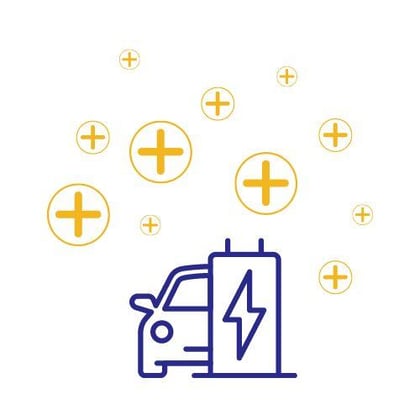
We understand that for large industrial emitters, - our targeted carbon credit buyers, - project transparency, the quality of the carbon credits generated, i.e., their compliance with CCP and MRV (Measured, Reported, Verified) frameworks, and the presence of co-benefits are particularly important because they cannot afford the accusation of "greenwashing."
Therefore, carbon credit issuance is managed within a closed system using digital MRV software, and each issuance is verified for compliance.
Additionally, by accelerating the spread of electromobility, we ensure the following co-benefits from the UN Sustainable Development Goals (SDGs).
SDG9 - Industry, innovation and infrastructure

The goal: 9.4 "Upgrade all industries and infrastructures for sustainability"
The indicator: 9.4.1 "Reduction of CO2 emissions per unit of value added"
Our commitment is based on the fact that, at 2023 average prices and carbon intensity values, the carbon emission advantage of electric powertrains compared to internal combustion vehicles in the EU is an average of 1024 grams of CO2e per euro spent on fuel (even at the average energy intensity of the energy mix). The mitigia service contributes to the creation of additional green investments in electromobility.
SDG11 - Sustainable cities and communities
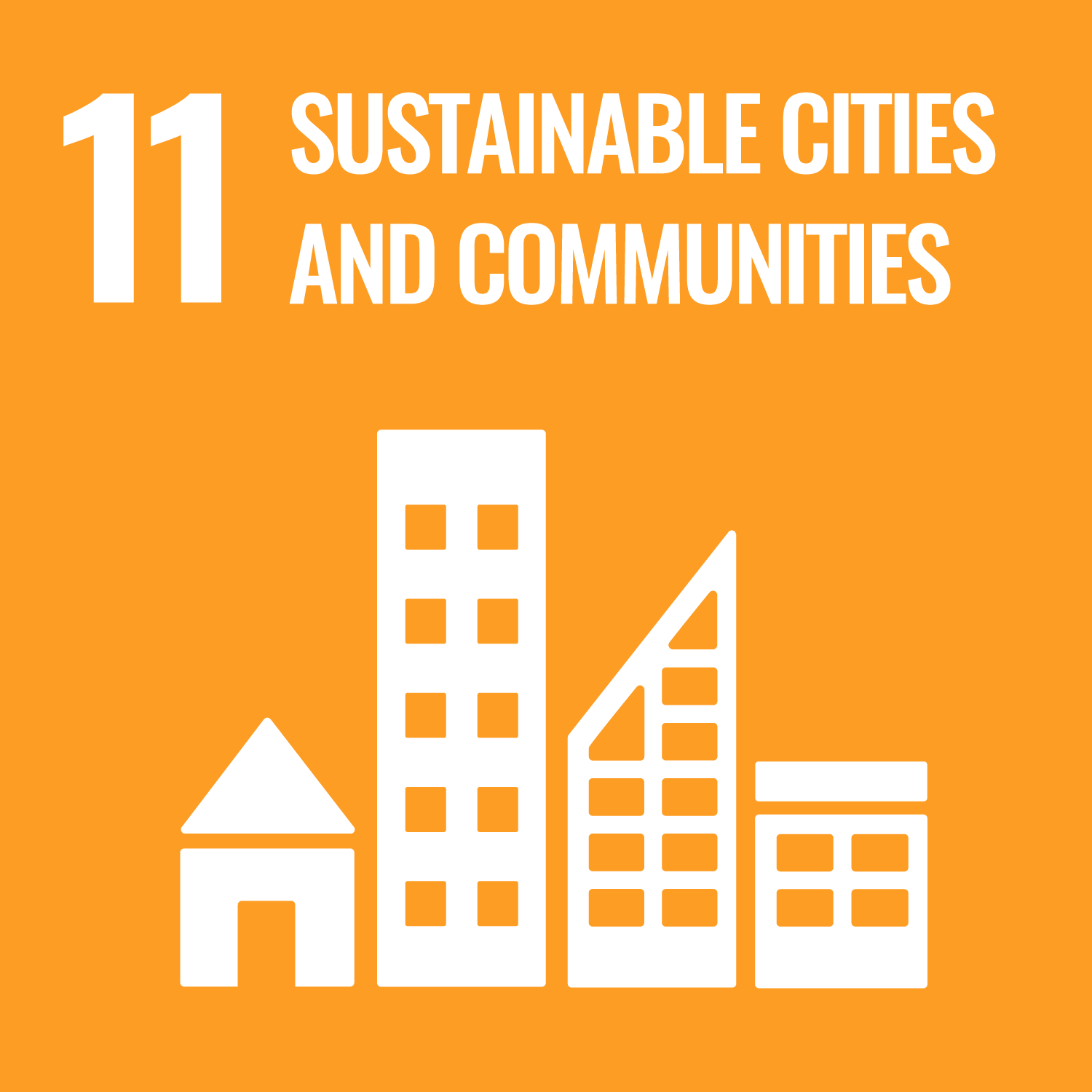
The goal: 11.6 "Reduce the environmental impact of cities"
The indicator: 11.6.2 "Average levels of fine particulate matter in cities"
Our commitment is that the mitigia service will contribute to the replacement of 150,000 internal combustion vehicles by 2033, with the replaced vehicles expected to be 50-50% petrol and diesel cars. These vehicles typically belong to urban fleets, meaning over 70% of their mileage occurs in urban environments. Therefore, the reduction in particulate emissions supported by mitigia, especially from diesel vehicles, will occur significantly in cities.
SDG12 - Responsible consumption and production
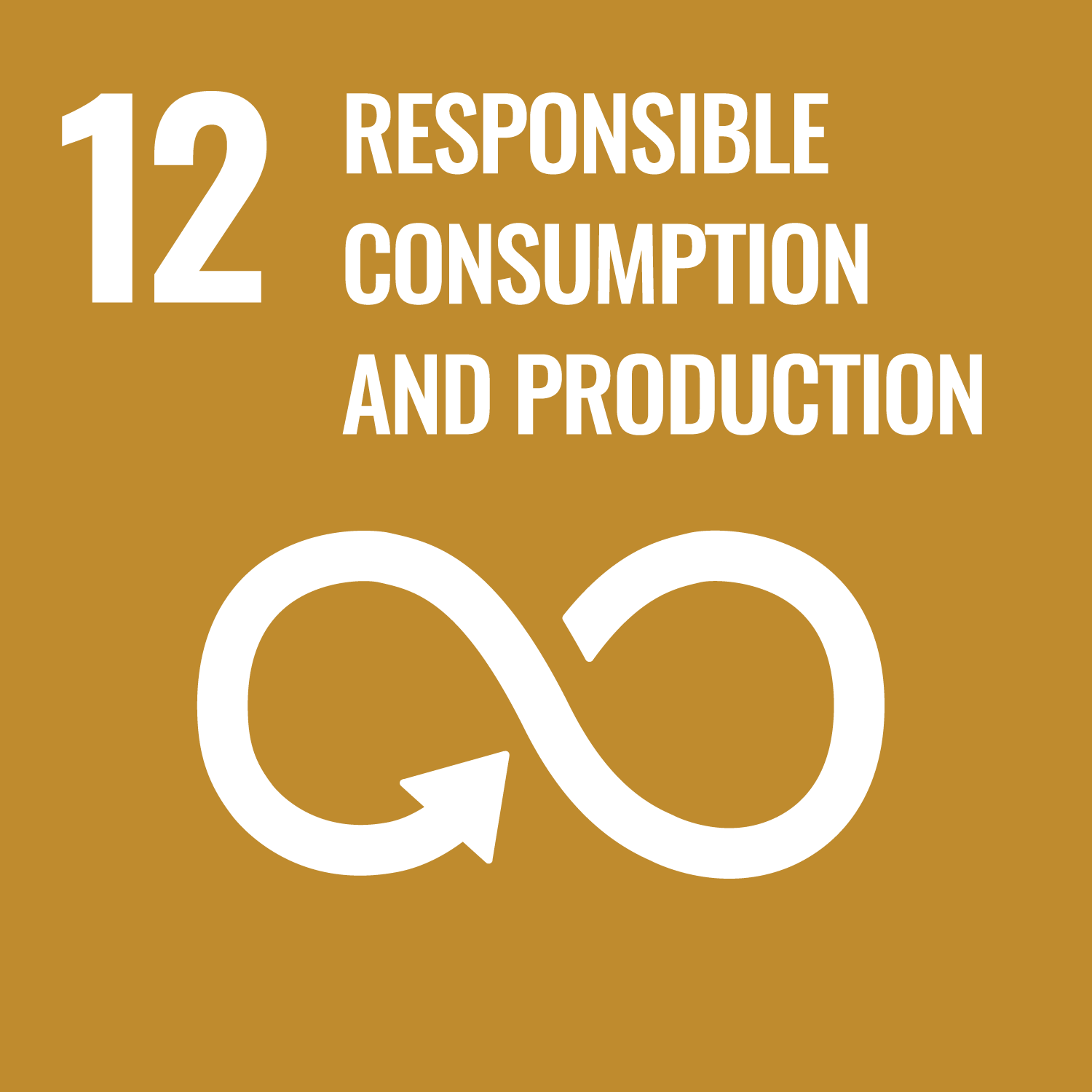
The goal: 12.6 "Encourage companies, especially large and transnational companies, to adopt sustainable practices and integrate sustainability information into their reporting cycle"
The indicator: 12.6.1 "Number of companies publishing sustainability reports"
Our commitment is to incorporate the reporting of GHG emissions from vehicle fleets into the mitigia service, broken down by Scope 1, 2, and 3, and to implement real carbon pricing (providing a carbon price benchmark for carbon footprint assessment even in the absence of a transaction). Our business plan includes providing specific data services to support CSRD reporting for over forty companies as green investors.
SDG13 - Climate action

The goal: 13.2 "Integrate climate change measures into national policies, strategies, and planning"
The indicator: 13.2.2 "Total annual greenhouse gas emissions"
The internal combustion vehicles replaced by fleet electrification have an average emission of 16.5 kg CO2e per 100 km, while the carbon footprint of the battery electric vehicles replacing them depends on the carbon intensity of the electricity used to charge them.
In the EU in 2022, the average carbon intensity of electricity production was 275 g CO2e per kWh, and the average energy consumption of electric cars was 18.8 kWh per 100 km. This means that the average carbon footprint of electric vehicles in the EU is 5.2 kg CO2e per 100 km. Fleet electrification results in a reduction of 11.3 kg CO2e per 100 km, which will increase with the expected continuous decrease in the carbon intensity of EU electricity production ("Fit for 55") over the next 10 years.
Our 10-year business plan includes the carbon market green financing of 150,000 fleet electrification vehicle replacements (ICE > BEV) in EU countries by 2033, resulting in an annual carbon emission reduction of ~267,000 t CO2e in 2033 (an average of ~1.8 t per vehicle per year).
SDG7 - Affordable and clean energy

Projects implemented under the Green Power Charging Network methodology provide this additional co-benefit because they are clearly associated with the distribution of clean, green energy (credits created under the Fleet Electrification methodology do not apply to this, as they can be generated using average carbon intensity "dirty energy"). Emprovia Zrt.'s business plan includes supporting green investments that ensure the input of 293 GWh of green energy annually by 2033.
SDG7 - Affordable and clean energy
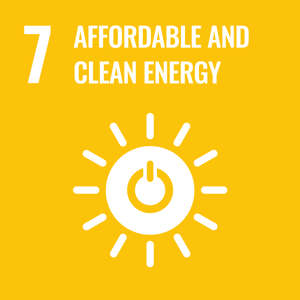
The goal :7.2 "Increase global percentage of renewable energy"
The indicator: 7.2.1 "Renewable energy share in the total final energy consumption"
Projects implemented under the Green Power Charging Network methodology provide this additional co-benefit because they are clearly associated with the distribution of clean, green energy (credits created under the Fleet Electrification methodology do not apply to this, as they can be generated using average carbon intensity "dirty energy"). Mitigia Zrt.'s business plan includes supporting green investments that ensure the input of 293 GWh of green energy annually by 2033.
SDG9 - Industry, innovation and infrastructure

The goal: 9.4 "Upgrade all industries and infrastructures for sustainability"
The indicator: 9.4.1 "Reduction of CO2 emissions per unit of value added"
Our commitment is based on the fact that, at 2023 average prices and carbon intensity values, the carbon emission advantage of electric powertrains compared to internal combustion vehicles in the EU is an average of 1024 grams of CO2e per euro spent on fuel (even at the average energy intensity of the energy mix). The mitigia service contributes to the creation of additional green investments in electromobility.
SDG11 - Sustainable cities and communities
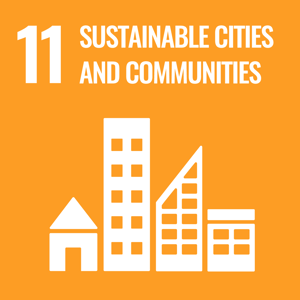
The goal: 11.6 "Reduce the environmental impact of cities"
The indicator: 11.6.2 "Average levels of fine particulate matter in cities"
Our commitment is that the mitigia service will contribute to the replacement of 150,000 internal combustion vehicles by 2033, with the replaced vehicles expected to be 50-50% petrol and diesel cars. These vehicles typically belong to urban fleets, meaning over 70% of their mileage occurs in urban environments. Therefore, the reduction in particulate emissions supported by mitigia, especially from diesel vehicles, will occur significantly in cities.
SDG12 - Responsible consumption and production
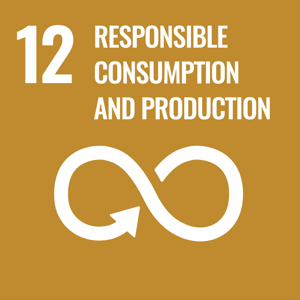
The goal: 12.6 "Encourage companies, especially large and transnational companies, to adopt sustainable practices and integrate sustainability information into their reporting cycle"
The indicator: 12.6.1 "Number of companies publishing sustainability reports"
Our commitment is to incorporate the reporting of GHG emissions from vehicle fleets into the mitigia service, broken down by Scope 1, 2, and 3, and to implement real carbon pricing (providing a carbon price benchmark for carbon footprint assessment even in the absence of a transaction). Our business plan includes providing specific data services to support CSRD reporting for over forty companies as green investors.
SDG13 - Climate action

The goal: 13.2 "Integrate climate change measures into national policies, strategies, and planning"
The indicator: 13.2.2 "Total annual greenhouse gas emissions"
The internal combustion vehicles replaced by fleet electrification have an average emission of 16.5 kg CO2e per 100 km, while the carbon footprint of the battery electric vehicles replacing them depends on the carbon intensity of the electricity used to charge them.
In the EU in 2022, the average carbon intensity of electricity production was 275 g CO2e per kWh, and the average energy consumption of electric cars was 18.8 kWh per 100 km. This means that the average carbon footprint of electric vehicles in the EU is 5.2 kg CO2e per 100 km. Fleet electrification results in a reduction of 11.3 kg CO2e per 100 km, which will increase with the expected continuous decrease in the carbon intensity of EU electricity production ("Fit for 55") over the next 10 years.





